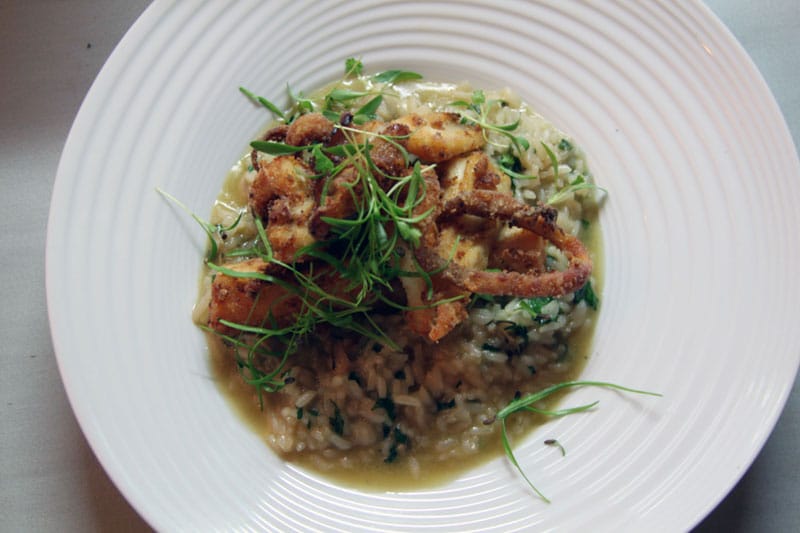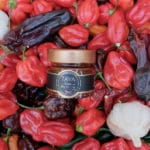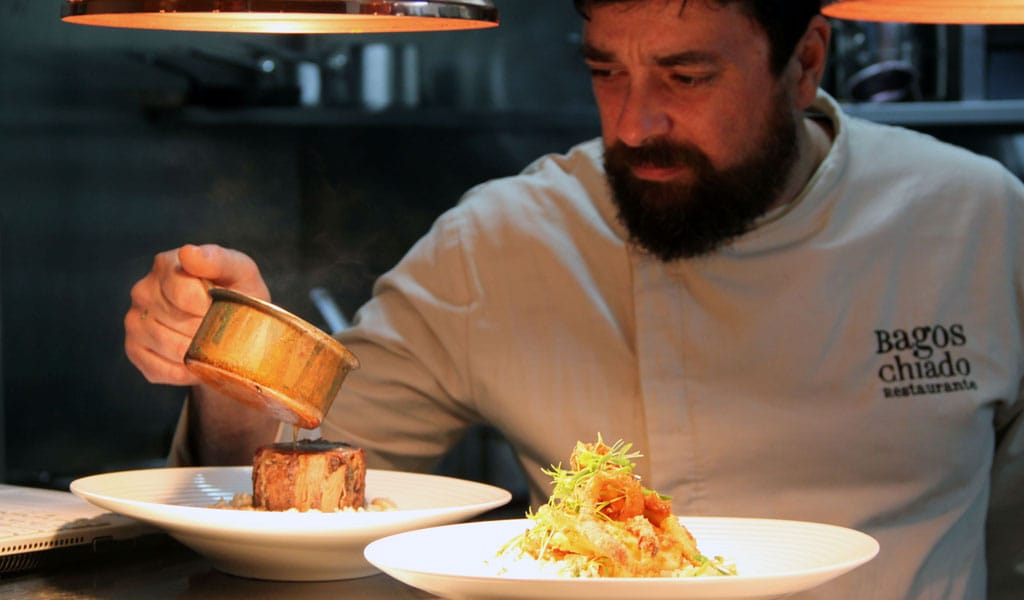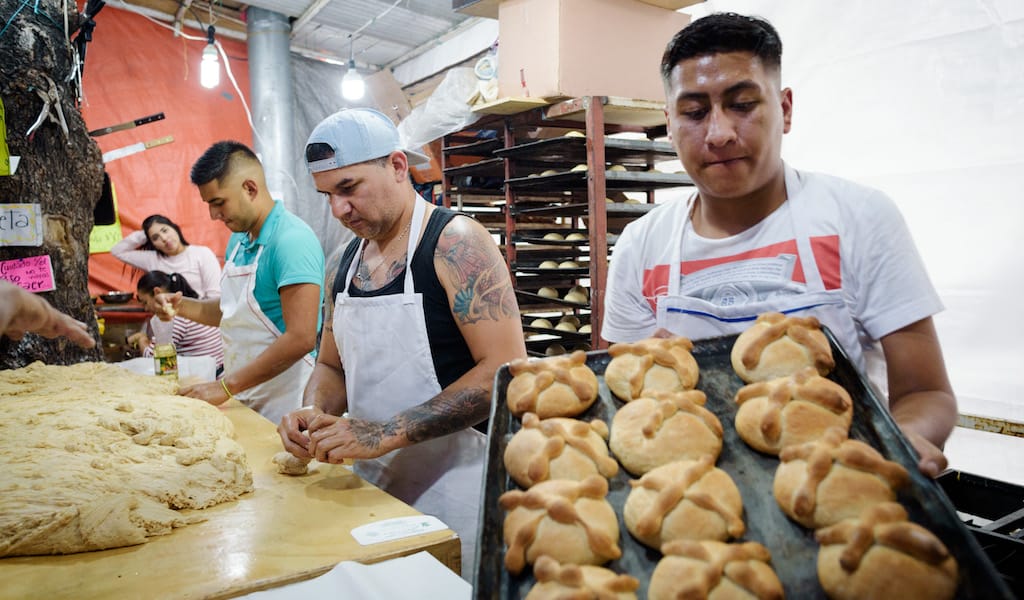In downtown’s Chiado, a slightly bougie-looking restaurant profits from the crowds leaving weekend performances at the São Luiz theatre, a former 19th-century cinema. This place also takes advantage of a common and ubiquitous Portuguese ingredient – rice.
Bagos (“grains of rice”) has just a few tables over two floors; the upstairs level is the more suitable for a business lunch partaken while tram 28 trundles by. The vibe is refined but simple, and that is reflected in how the humble staple on its menu is reworked in the kitchen. Chef Henrique Mouro explores the many ways in which different varieties of rice are prepared across the country, revealing a very typical component as the basis for all sorts of invention.
In fact, Portugal was the first consumer of rice in Europe, with a per capita consumption of almost 18 kilograms per year – more than double its continental counterparts. The rice habit, like much else in the country, is of Moorish heritage. The crop was formerly farmed around the rivers in the south and later close to the banks of the northernmost river, Mondego. The different varieties used nowadays offer a clue about this rendezvous of history. The rice derived from Oryza glaberrima, one of the two domesticated rice species, has African roots and the same species that was brought to the Americas with slaves. It was replaced in Portuguese fields by the Asian species Oryza sativa.

Asian rice varieties are more commonly prepared in Portugal than in other European countries. Carolino, whose short, large white grains are very absorbent, is the most popular. Arroz de cabidela, made with hen or rabbit cooked in its own blood added to water and vinegar, or arroz do tamboril, monkfish rice, are made using carolino. Agulha, a long-grain rice, is also omnipresent as a side for meat or fish dishes, as well for oven-baked preparations such as the famous arroz de pato (duck rice). Apart from these two, other sub-varieties are being explored in the national kitchen, such as arborio (the one used for Italian risotto), basmati and jasmine.
“I love to cook rice. It is the most versatile Portuguese food,” says Mouro, whose experiments dutifully consider all the above varieties. With 20 years of experience, he is used to constantly rethinking technique. The most in-demand dish on the menu is the fried cuttlefish with oyster and lemon rice. The lemon is marinated in salt, the oysters steamed and the cuttlefish cooked in the oven before being fried. Another speciality is hare with juniper, carrots, large beans and rice balls, a recipe with echoes of Alentejo, the central Portuguese region where Mouro’s parents were born.

All the dishes except one – cottage cheese with mango, curry and pomegranate – are composed of rice or its derivatives. The béchamel is made of rice milk, and the cuttlefish breaded with rice flour. Even the desserts are rice based – the most curious being a soft cake filled with the Sunday classic, sweet rice, made with carolino, egg yolk, salt, sugar and chocolate. It’s rich, but at its center is a soft heart.
Editor’s note: We are regret to report that Bagos is closed.
 July 18, 2022 Fatih Sarmacısı
July 18, 2022 Fatih Sarmacısı
Settling into our first cross-country journey in Turkey many years ago, we were […] Posted in Istanbul October 29, 2021 Bread of the Dead
October 29, 2021 Bread of the Dead
“Caliente!” Juan calls out, and we all duck to avoid the steaming hot pan as it floats […] Posted in Mexico City September 21, 2021 Tava Hada Pilpeta
September 21, 2021 Tava Hada Pilpeta
Though synonymous with Tunisia, Algeria and other North African nations, harissa’s main […] Posted in Marseille
Published on April 06, 2017
Related stories
July 18, 2022
IstanbulSettling into our first cross-country journey in Turkey many years ago, we were pleasantly surprised by the comforts of Turkish bus travel. The young garson wore a proper uniform and dribbled cologne onto our hands every hour or so. Tea was served regularly, accompanied by one of our early Turkish culinary discoveries, Eti brand pop…
October 29, 2021
Mexico City“Caliente!” Juan calls out, and we all duck to avoid the steaming hot pan as it floats across the kitchen. He holds one side with a folded up towel, the other with a pair of pliers. Kitchen might be a bit of a misnomer. The small stall sits on the sidewalk, with a temporary tin…
September 21, 2021
MarseilleThough synonymous with Tunisia, Algeria and other North African nations, harissa’s main ingredient helms from Mexico. After 1492, chile peppers crossed the Atlantic via the Columbian Exchange, trading between the New World and Old World. It was Spain that introduced Tunisia to the spicy capsicum during their 16-century occupation. The Arabic verb harasa means “to…


















































































